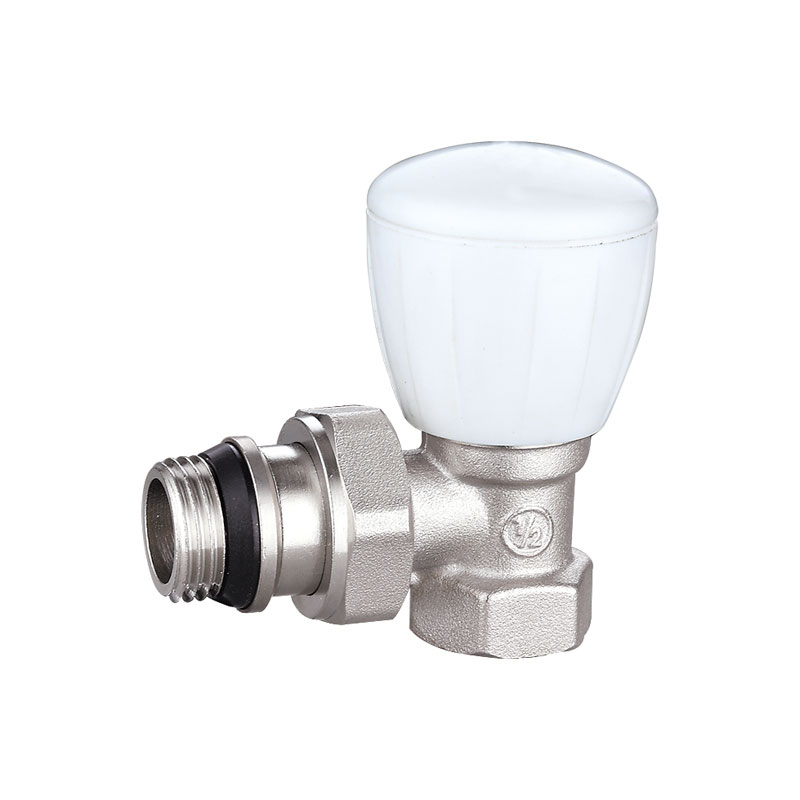A brass ball valve is a quarter-turn control valve used to control the flow of liquid, gas or compatible fluids through the pipe. They are typically manufactured of brass, an alloy of copper and zinc that can be plated or chrome plated to add durability. They come in a variety of sizes and are designed for different applications, including plumbing and heating systems.
Brass is a malleable metal that can be cast and welded, making it an ideal material for a ball valve. It can withstand high temperatures and pressures, and it is also safe for use with potable water.
There are a few advantages to using brass ball valves: They are lightweight, inexpensive and can be welded into piping systems easily. They are also corrosion resistant and can withstand high temperatures and pressures.
They are easy to maintain, which means that they don’t need as frequent repairs or replacements, saving your business money and keeping the plant running smoothly. Regular maintenance helps prevent equipment failures, reduces downtime and can lower the chance of injuries or violations of OSHA.
Common brass ball valve connections include threaded (NPT), sweat, PEX, push-fit, CPVC, compression and PP-R. Press type connections are becoming increasingly popular, as well.
The most popular material for ball valves is brass. It is an alloy of copper and zinc, which gives it superior corrosion resistance. Lead-free brass is now available, which is a preferred choice for many applications where water contamination is a concern.

 languages
languages

 English
English русский
русский












